
For many of us, living a life of self-reliance goes hand in hand with making better choices concerning the environment. By creating a more self-sufficient lifestyle, we’re choosing to remove ourselves from the ever-expanding carbon footprint that is modern life.
We have realized that our desire for convenience comes at the cost of greater consumption and more waste. And quite often, we sacrifice things like quality and flavor in the process.

These days more of us are beginning to wonder – is it worth it?
Each day more people are deciding it isn’t.
We’re seeing large numbers of new gardeners each year, who go on to learn to preserve what they grow. More folks are skipping this season’s offering of disposable fashions from Target and instead make or thrift their wardrobes.
Alongside this resurgence of “old-fashioned” skills, there’s a desire to live in tune with our natural surroundings, correcting the damage done. And that’s where permaculture comes into the picture.
Permaculture has been steadily gaining in popularity since its inception in the 1970s by Australian researcher, Bill Mollison.
What is Permaculture?
Permaculture, on its simplest level, is a way of designing that benefits the earth and community, as well as yourself.
The Permaculture Research Institute defines permaculture as “a design system for ecological and sustainable living, integrating plants, animals, buildings, people and community.”
This way of design thinking can be applied to the design of a city, down to the design of your backyard garden.

Twenty years ago, most of us had no idea permaculture existed, let alone what it was. These days not only have we heard of it, but it’s become an incredibly popular way to design not only your backyard garden but your entire living space.
Permaculture, as it specifically applies to gardening, is well on its way to becoming a buzzword.
For a quick primer on the core principles of permaculture garden design, I highly suggest you give Cheryl’s article, “Design a Permaculture Garden: The 12 Principles to Follow,” a read. She’s also included more in-depth resources for those interested.
Working with your land and its natural systems rather than against them makes sense.
But it’s intimidating, isn’t it?
Where do you start? Which piece of the puzzle should you change first? How do you even know what the natural ebb and flow of life in your backyard looks like?
When it comes to homesteading, it’s important to go slowly. Pick one project or a new skill, research it and get comfortable with it until it becomes a natural part of your daily life before moving on to something new.
The same goes for permaculture.
We’ve put together seven simple and beginner-friendly permaculture projects to get you off on the right foot.
1. Keep a Garden Journal or Planner
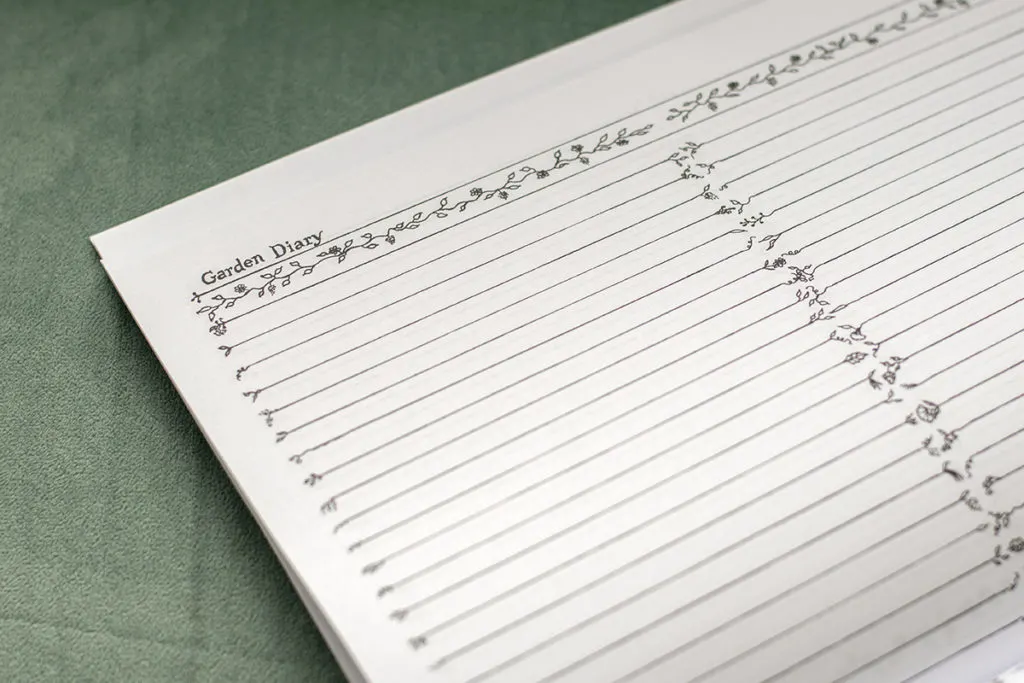
Before you jump in and start making changes or drawing up expansive plans, it’s important to get to know your property. Even if you’ve lived there your entire life, there are so many natural systems and processes happening right under our noses that we fail to notice.
A great place to start on your permaculture gardening journey is simply to notice.
Take the time to truly watch and record things like the way the sun travels across your property. What areas are consistently in the shade? What areas are susceptible to the wind? What’s the annual rainfall for where you live? Do you have wildlife in your backyard, and what times of the day or season do they make an appearance?
You can’t design a natural system until you know what the natural order of your land is. And learning that takes time, maybe even an entire year’s worth of making notes and journaling.
2. Start a No-Dig Garden
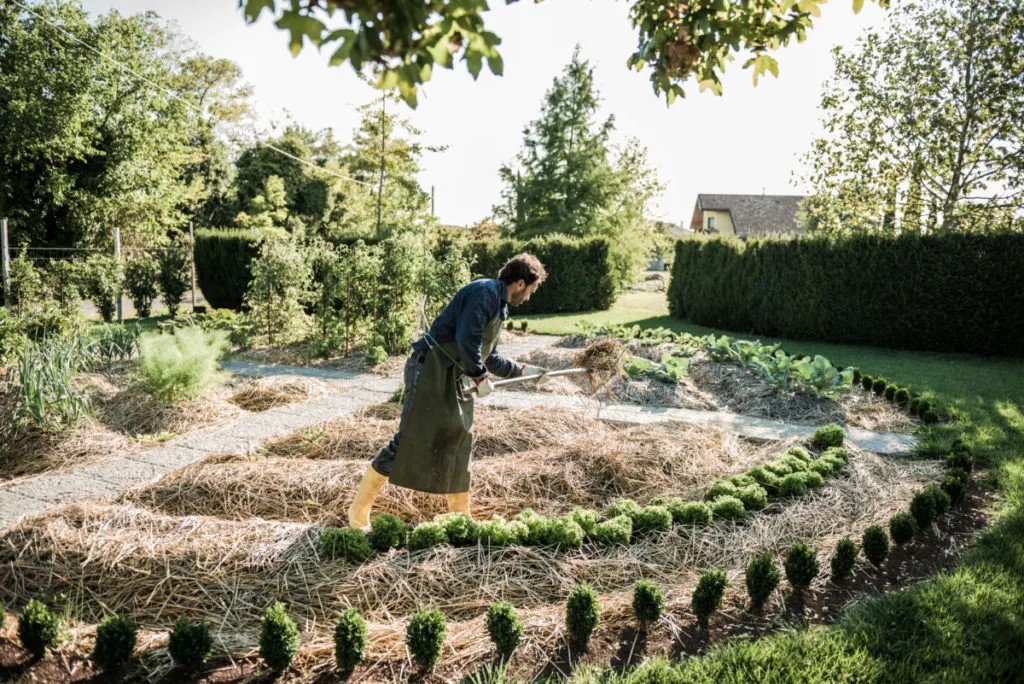
For too long, commercial food-growing practices have seeped into backyard gardens. The notion that bigger is better found its way into the family vegetable patch. Gardens lost their natural feel and began to mirror their large-scale counterparts. Huge rectangles of freshly tilled earth planted with stick-straight rows, one vegetable per row, became the norm.
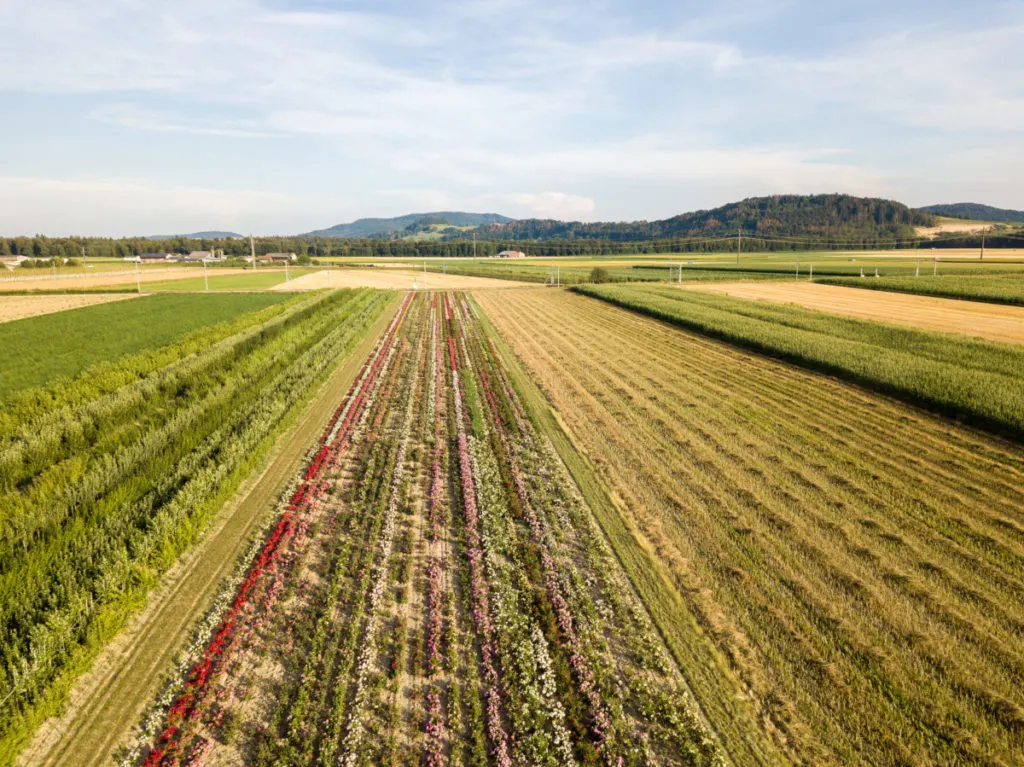
So much wasted water and growing space!
It’s only recently that we’ve begun to see the error of our ways. Many of the practices used by commercial agriculture are simply unnecessary for the home gardener, some even harmful.
Take for instance, the notion that you need to till the earth each season to ready it for planting. And then till it again at the end of the season. We’ve actually been making it harder on ourselves to grow healthy plants, as this practice is damaging to the soil and the beneficial microbes growing in it.
Consider starting a no-dig garden, even if you’ve tilled the soil every year.
By starting over with a nourishing cover of compost, the organisms below the soil can begin to repopulate (and help your garden grow as they do).
There are incredible benefits to a no-dig garden, the main one being you don’t need to endure the back-breaking labor that comes with working the soil. As your soil improves each year with your no-dig garden, you’ll enjoy fewer weeds and better yields as well. A no-dig garden also has the added benefit of holding in water better, meaning your garden requires less frequent watering and will fare better in times of extreme heat.
3. Let Go of Your Lawn, How About a Wildflower Meadow Instead?
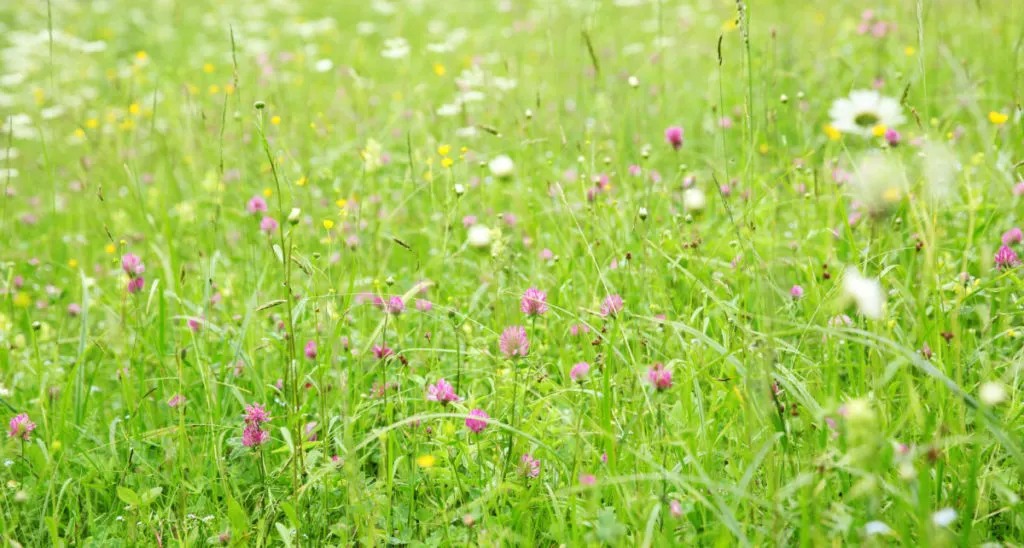
Often times the simplest solution ends up being the hardest to implement.
We’ve become so accustomed to having a lawn that the idea of letting it go seems impossible. While you may agree that a lawn full of wildflowers is better for the environment, giving up that green space can be hard to do. What will the neighbors think? Where will the kids play soccer? Am I inviting pests, snakes, and garden-munching critters in?
Consider instead that close to 40% of all insect species are rapidly declining.
Suddenly, what the neighbors think becomes less important.
Again, with a big decision like this, it’s best to start small. Maybe you commit to relinquishing the bottom third of your yard to a wildflower meadow. That’s still a huge step that will impact the local insect population, including important pollinator species.
And who knows, you might grow accustomed to the glorious bouquets of wildflowers that grace your home throughout the warmer months.
You may find yourself letting that beautiful buzzing, humming meadow creep closer and closer to your doorstep each year. As a mom, I can tell you; there’s nothing better than a handful of wildflowers picked by your kiddos just for you.
4. Make Better Use of Space with a Front Yard Veggie Garden
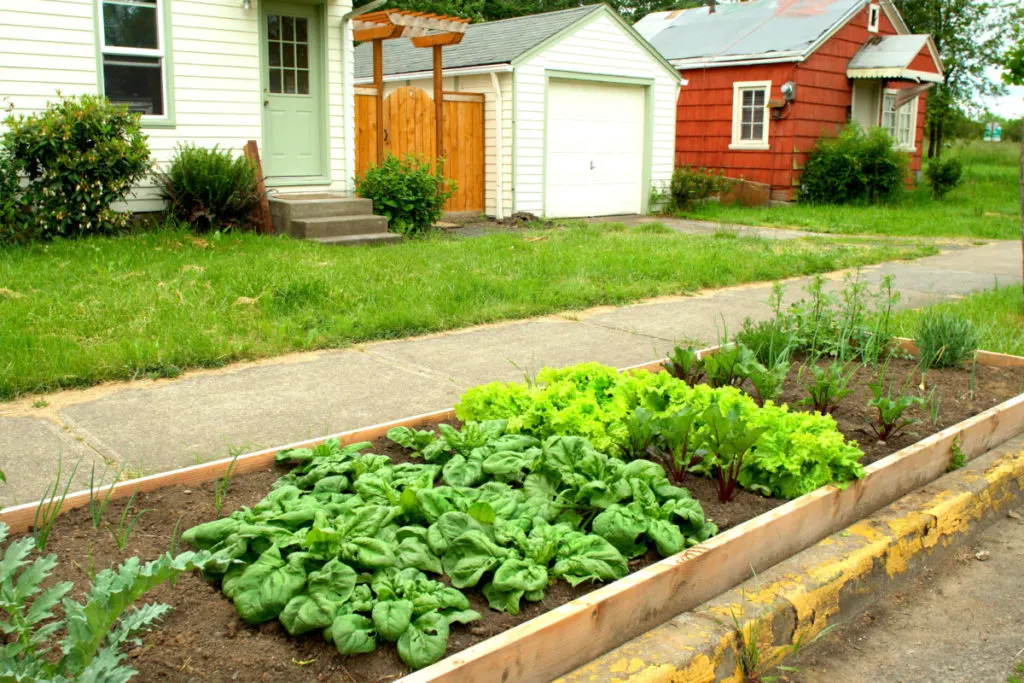
A core principle of permaculture gardening is to make the most of your growing space to grow the food you need. And to that end, we turn our attention to the front yard. Yet again, many of us have this large, empty green space in front of our homes.
Imagine, instead of a row of marigolds on either side of the walkway up to your front door, how about rows of green beans? What if you removed those old boxwoods under the windows and put in blueberry bushes instead?
Turning your front yard into a vegetable patch doesn’t mean you have to give up beauty for utility.
Take a look at your existing flower beds. Where can a few beet seeds be poked into the ground? Why not grow colorful kale among your flowers? There are so many vegetable plants that look great planted right in there with the flowers.
You’ll be increasing your food production without needing extra space to do it.
5. Save Water by Saving Rain
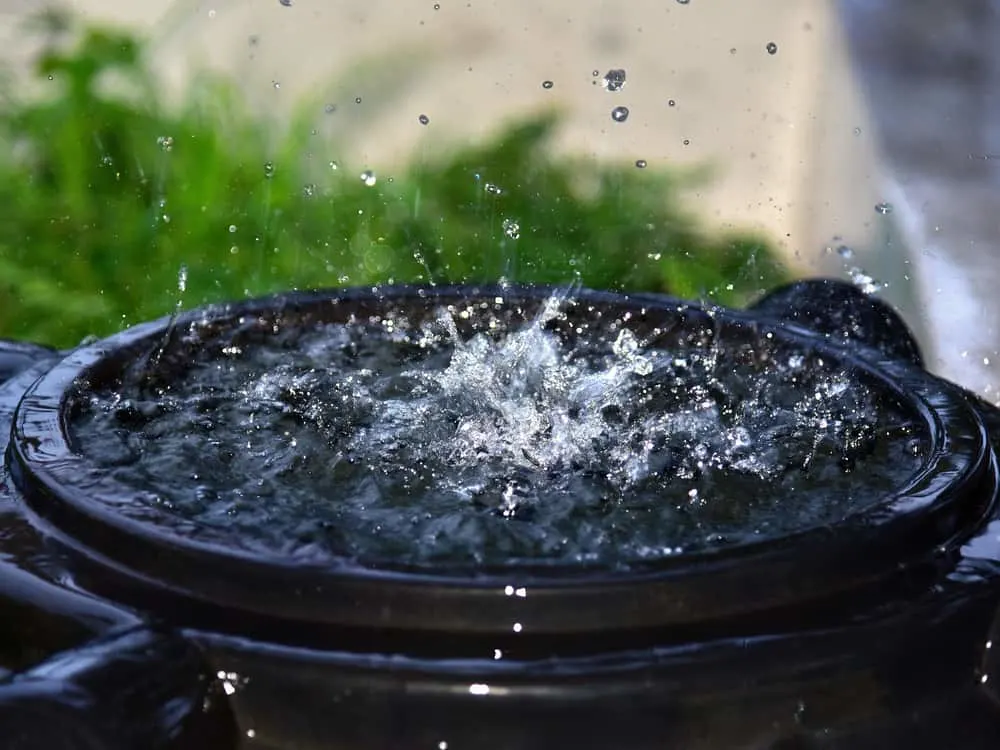
Since you’re conserving potable water by turning your yard into a wildflower meadow, why not consider setting up a rainwater collection system? It may not be potable, but you can use your collected water to do many chores that potable water often gets used for.
Your garden will happily drink rainwater and may even prefer it if your tap water is hard. And I know from experience that clothes washed in rainwater always come out soft without using chemical softening agents. Wash your car guilt-free with your collected rainwater.
Is it worth it? I mean, how much water can you actually collect?
That’s a fair question. You may be surprised to learn that 1” of rainfall over a 1,000 square foot roof comes out to about 623 gallons of water. That’s certainly nothing to sneeze at, even with the loss from wind or overhanging trees. You could wash your dog hundreds of times with 623 gallons of water.
6. Reduce Your Kitchen Waste with a Worm Bucket
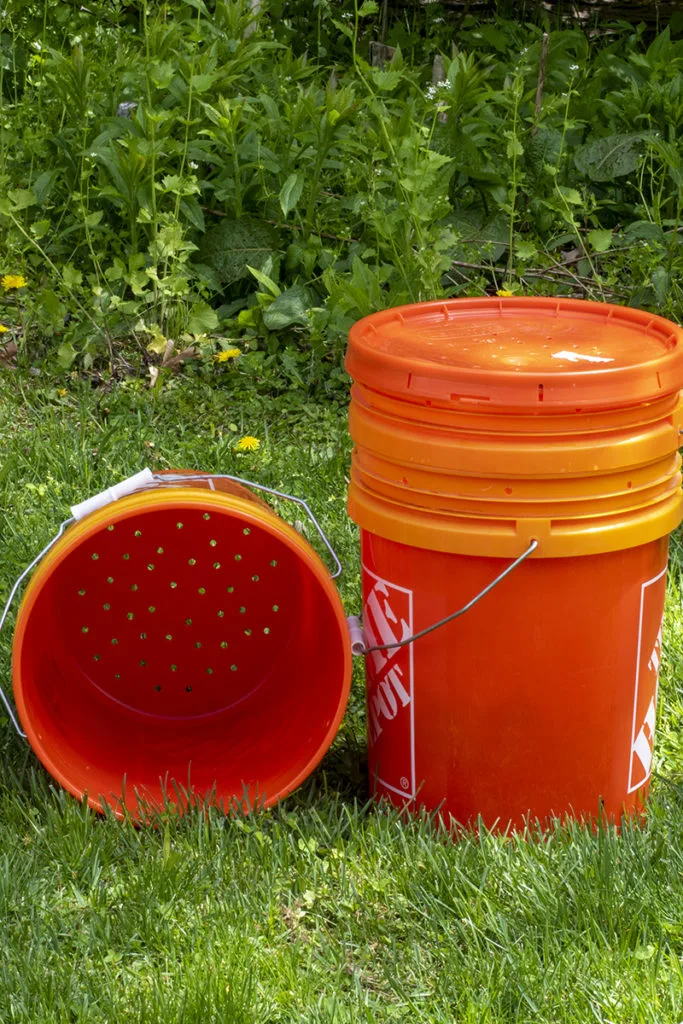
One out of every five tons of waste in our landfills is made up of organic matter that could be composted. If you want a quick and easy jump into permaculture, start a worm bucket. Not only will you be composting the organic scraps from your kitchen, but the worms will provide your garden with worm castings.
This natural byproduct is like black gold for your garden and houseplants. You can read all about the benefits of worm castings here.
Building a worm bucket or worm tower is easy and inexpensive. It takes about twenty minutes from start to finish, and you may already have what you need to build it sitting in a dusty corner of your garage. If not, you can easily complete this project for around $15.
7. Organize a Community Produce Share

A big part of permaculture is including the community in your plans. As you grow your own produce and enjoy the lovely flowers in your backyard, don’t forget to include your community. That community can be as small as a handful of close neighbors or your entire neighborhood.
Pick a day and place once a week or every other week to show up with extra vegetables, mason jars full of wildflowers, extra eggs from your chickens. Bring whatever you don’t need and share and swap with neighbors.
I’m always amazed at the microclimates of each garden.
You may find yourself with a glut of tomatoes, only to find your zucchini has succumbed to squash bugs. Whereas across the street, your neighbor may have zucchini coming out of their ears and losing tomatoes to blossom end rot.
You could broaden your weekly get-together to include a swap. Maybe your clothes dryer needs a new belt, and your neighbor knows how to do it. These small community meet-ups are a great way to renew the age-old tradition of bartering.
Agreeing to share and help one another out not only makes the best use of excess but also builds trust and a greater sense of community.
Again, start small, so you aren’t overwhelmed.
Achieving a small success means you’re more likely to grow than trying to do something larger and failing.
We hope these simple projects have made permaculture a less daunting and more attainable way of living. With one or two of them under your belt, you’ll be well on your way to bringing your permaculture plans to fruition.

Get the famous Rural Sprout newsletter delivered to your inbox.
Including Sunday musings from our editor, Tracey, as well as “What’s Up Wednesday” our roundup of what’s in season and new article updates and alerts.

